Astronomers Has Built The Biggest 3D Model Of The Galaxy
Kumari Shrivastav - Aug 27, 2019
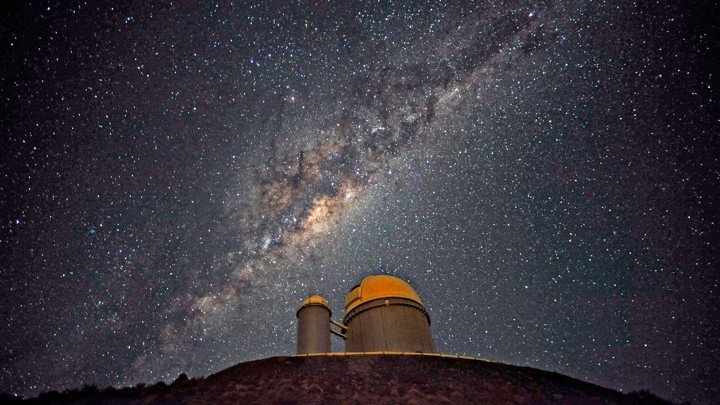
By looking at the population of Cepheids, astronomers are able to put together a 3D map of the galaxy, confirming that our galaxy is warped.
- The First Space Hotel In The World Will Welcome 400 Guests
- Startup Builds Vehicle With Soviets Tech To Collect Space Garbage
- World's First Space Hotel To Begin Construction In 2025 With Rooms For 400 Guests
This detailed galaxy map is the result of a six-year study and a total of 206,726 images.
We have GPS for the Earth but no consistent system for the “warped and twisted” Milky Way. So in order to track down our location in the middle of the galaxy or building a map of it, astronomers have to be crafty. The European Space Agency has mind-blown us with a 1.7-billion-star map, thanks to the Gaia mission. Now astronomers from Europe and the US have introduced a new three-dimensional galactic map based on star-to-star distance.
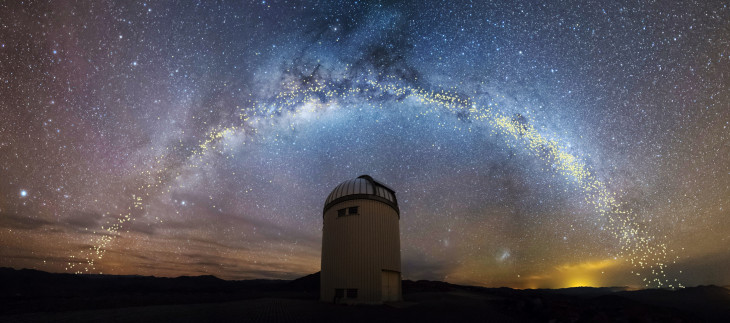
The research featured in the Science journal is based on a group of stars named Cepheids with young and massive stars that pulsate radially. The Optical Gravitational Lensing Experiment (OGLE) has compiled data which is then used in a survey held by the University of Warsaw at the Las Campanas Observatory, Chile. Astronomers have pinpointed and marked the position of exactly 2,431 Cepheids covering a proportion of the Milky Way to create the map.
Dorota Skowron, the head of the study who is working as an astronomer with Wroclaw University of Science and Technology, shares that the galactic disk has been observed for a period of six years, with 206,726 sky images that contain 1,055,030,021 stars. Among those, the OGLE detected the Cepheids' population, which is an important piece in building a galactic map given their fluctuations in brightness.
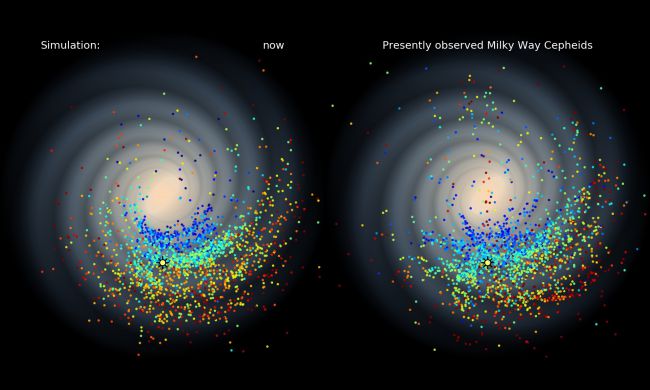
This property allows astronomers to compare the star’s actual luminosity with its brightness we’re seeing from Earth. As a result, scientists are able to measure the distance from that star to the sun.
With that measurement method, the team brought into life a 3D duplicated model of the Milky Way, also reaffirming that the galaxy is not flat but curved. They have even determined the age of the Cepheids during the process. The farther the stars are from the core of the galaxy disk, the older they are.
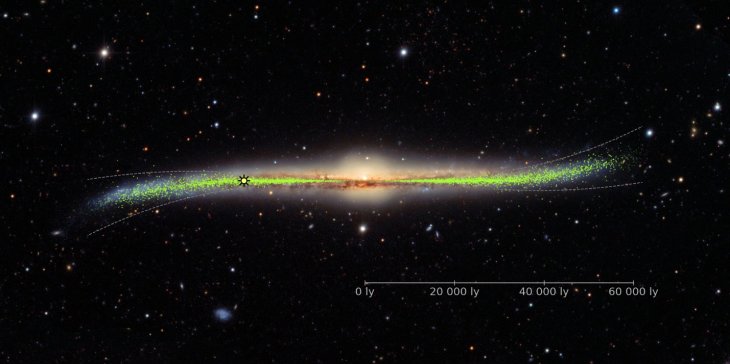
This simulation of star distribution in the galaxy demonstrated the evolution of the Milky Way within the span of 175 million years. The current population of Cepheids aging up to 260 million years old is a result of spiral blasts of star formation. Skowron states:

Another study published in February’s Nature Astronomy observed 1,339 Cepheids and plotted a very detailed three-dimensional map of the galaxy showing that our Milky Way has twisted edges. The study drew on the data obtained from NASA's telescope called the Wide-field Infrared Survey Explorer (WISE).
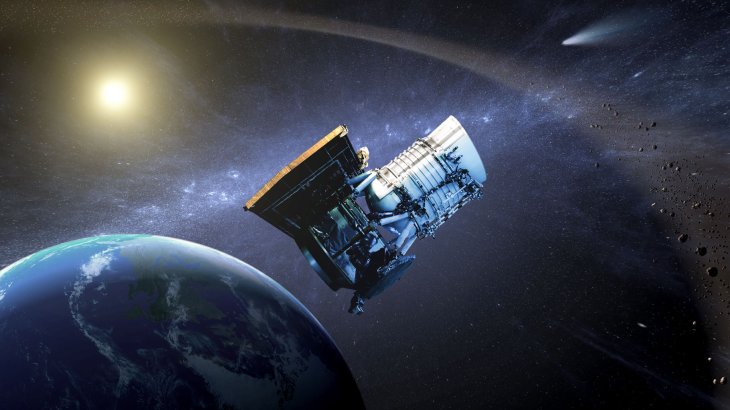
The two projects share some similar points, especially the odd property of the galaxy’s twisted edges. We haven’t acquired a full understanding of this matter.
The Nature Astronomy research’s co-author, also an astronomer from Macquarie University – Richard de Grijs claimed that both studies looked at Cepheids only on the side of the Milky Way that we’re at. He said:


If we were able to reach the other side, maybe we would have the answer to the phenomenon of our galaxy’s warped edges. Was it formed at the merging point with another galaxy? Or was it a result of gravity? As for Skowron, he doubted any dramatic increase in the population of Cepheids we may find. Projects similar to the Gaia mission surveying our entire galaxy might give us a better chance at reaching the final answer.
Skowron adds that upcoming projects will both analyze the older star population and also keep an eye on the RR Lyrae – another fluctuating star. Those stars that have been around from way before in the Milky Way might lead us to another way to create the map.
Featured Stories

Features - Jul 01, 2025
What Are The Fastest Passenger Vehicles Ever Created?

Features - Jun 25, 2025
Japan Hydrogen Breakthrough: Scientists Crack the Clean Energy Code with...

ICT News - Jun 25, 2025
AI Intimidation Tactics: CEOs Turn Flawed Technology Into Employee Fear Machine

Review - Jun 25, 2025
Windows 11 Problems: Is Microsoft's "Best" OS Actually Getting Worse?

Features - Jun 22, 2025
Telegram Founder Pavel Durov Plans to Split $14 Billion Fortune Among 106 Children

ICT News - Jun 22, 2025
Neuralink Telepathy Chip Enables Quadriplegic Rob Greiner to Control Games with...

Features - Jun 21, 2025
This Over $100 Bottle Has Nothing But Fresh Air Inside

Features - Jun 18, 2025
Best Mobile VPN Apps for Gaming 2025: Complete Guide

Features - Jun 18, 2025
A Math Formula Tells Us How Long Everything Will Live

Features - Jun 16, 2025
Comments
Sort by Newest | Popular